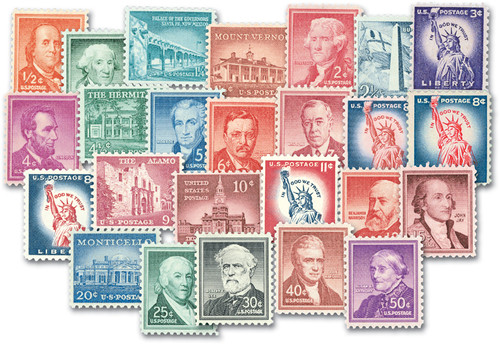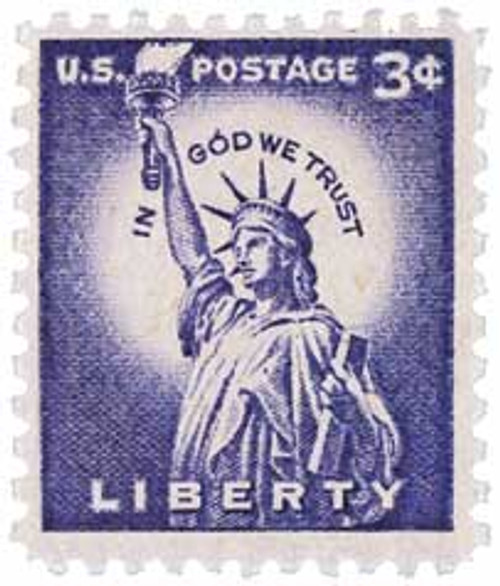
1954 Liberty Series,8¢ Statue of Liberty, Flat Plate
# 1041 - 1954 Liberty Series - 8¢ Statue of Liberty, Flat Plate
MSRP:
Was:
Now:
$0.35 - $45.00
(You save
)
Write a Review
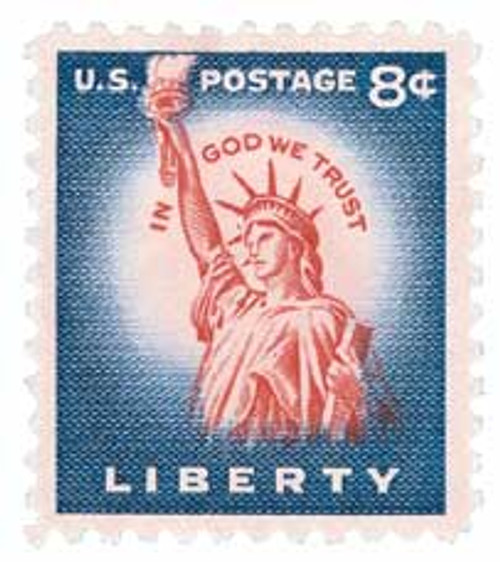
Write a Review

1041 - 1954 Liberty Series - 8¢ Statue of Liberty, Flat Plate
| Image | Condition | Price | Qty | |
|---|---|---|---|---|

|
Classic First Day Cover
ⓘ
Ships in 1-3 business days.
Ships in 1-3 business days.
$ 1.75
|
$ 1.75 |
|
0
|

|
Mint Plate Block
ⓘ
Ships in 1-3 business days.
Ships in 1-3 business days.
$ 3.50
|
$ 3.50 |
|
1
|
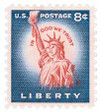
|
Mint Stamp(s)
ⓘ
Ships in 1-3 business days.
Ships in 1-3 business days.
ⓘ
Ships in 1-3 business days.
Ships in 1-3 business days.
$ 0.50
|
$ 0.50 |
|
2
|

|
Mint Sheet(s)
ⓘ
Usually ships within 30 days.
Usually ships within 30 days.
$ 45.00
|
$ 45.00 |
|
3
|
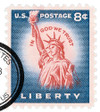
|
Used Single Stamp(s)
ⓘ
Ships in 1-3 business days.
Ships in 1-3 business days.
$ 0.35
|
$ 0.35 |
|
4
|

|
Fleetwood First Day Cover
ⓘ
Ships in 1-3 business days.
Ships in 1-3 business days.
$ 2.50
|
$ 2.50 |
|
5
|
Mounts - Click Here
| Mount | Price | Qty |
|---|
U.S. #1041
8¢ Statue of Liberty
Liberty Series
8¢ Statue of Liberty
Liberty Series
Issue Date: April 9, 1954
City: Washington, D.C.
Printed by: Bureau of Engraving and Printing
Printing Method: Flat Plate
Perforations: 11
Color: Dark violet blue and carmine
City: Washington, D.C.
Printed by: Bureau of Engraving and Printing
Printing Method: Flat Plate
Perforations: 11
Color: Dark violet blue and carmine
Picturing the Statue of Liberty, U.S. #1041 was the first U.S. bi-colored definitive stamp issued in a denomination under $1.

U.S. #1041
8¢ Statue of Liberty
Liberty Series
8¢ Statue of Liberty
Liberty Series
Issue Date: April 9, 1954
City: Washington, D.C.
Printed by: Bureau of Engraving and Printing
Printing Method: Flat Plate
Perforations: 11
Color: Dark violet blue and carmine
City: Washington, D.C.
Printed by: Bureau of Engraving and Printing
Printing Method: Flat Plate
Perforations: 11
Color: Dark violet blue and carmine
Picturing the Statue of Liberty, U.S. #1041 was the first U.S. bi-colored definitive stamp issued in a denomination under $1.
!


